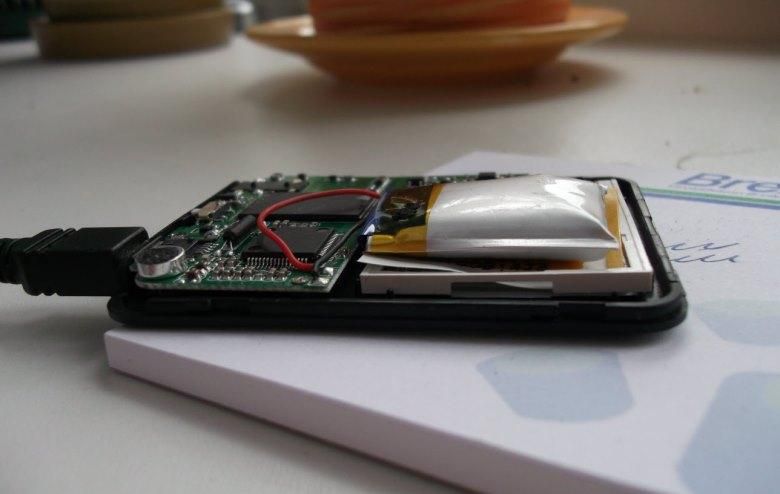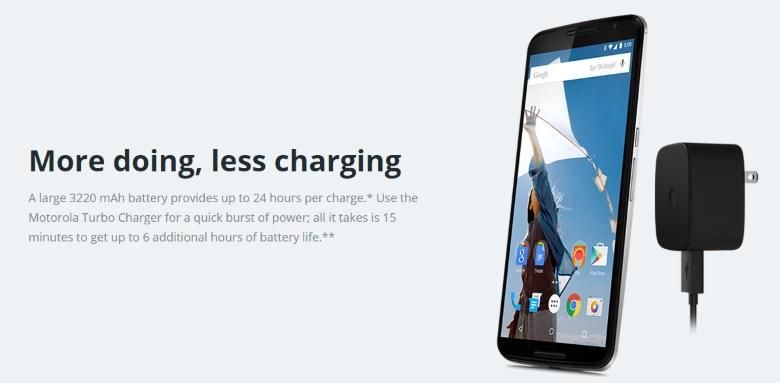One thing all our portable electronics have in common, whether smartphone, tablet, phablet, or wearable; or Android, Windows Phone, or iOS, is the battery. Unlike desktop computers that get their power through a plug in the wall, all of these devices have to carry their own power source onboard, and battery capacity hasn’t really kept up with the rest of the tech inside our devices. To combat this, OEMs have tried to introduce new ways to keep our portables charged. From SoCs that are more energy efficient, more power conscious code, Qi wireless chargers, and now we even have speed chargers to help us get a quick boost right when we need it – well, almost.
Charging a battery isn’t a fast endeavor. Sometimes it seems like it takes as long to charge a battery as the usable time you get out of it. Luckily that’s more perception than reality, but it underscores just how slowly batteries charge. Recently, however, various manufacturers have begun to ship “speed chargers” that promise to give us oodles of run time on just a short charge. This seems contradictory, and flies in the face of what most would pass off as “good care and upkeep” for our batteries. It’s even gotten some of our Pocketnow Weekly Podcast listeners scratching their heads.
Dear Pocketnow,
I look forward to your content, especially the podcast – you all do a fabulous job. … My question is this: fast charging is on many of the new phones out (I have an HTC One M8 and an iPhone 6 Plus). I remember reading somewhere that while you can benefit from faster charging speeds, this will ultimately shorten your battery lifespan (i.e. number of charge cycles). Is this true? Or am I just paranoid? …
Thanks again for all your hard work and great content.
Best,
John Kurokawa
Great question, John (and everyone else who sent in similar questions)!
First off, no, you’re not paranoid! You’re being careful and concerned – both are good qualities to have! Traditionally, your concerns would be absolutely merited! If you were to take a typical 12-volt car battery and try and charge it with really high voltage and amperage, you’d end up destroying the thing. Charging has to be matched to the battery or bad things can happen (internal pressure can build up leading to an explosion of acid; scorchingly hot temperatures; even fires are possible). Cram this inside a very small device that we keep in a pocket and, well, you get the picture.
Sorcery!
Now, however, companies like HTC and Motorola are coming out with “Turbo Chargers” that promise to cut charging time drastically, some even promising to give you an extra six hours of battery life from just 15 minutes of charging.
No, it’s not sorcery, it’s science! Looking at the fine print on the charger that comes packaged with the Nexus 6, for example, you’ll see various ratings on it:
- Standard Output: 5v, 1.6A
- Turbo 1 Output: 9v, 1.6A
- Turbo 2 Output: 12V, 1.2A
Other chargers have ratings of 1.5A and even 2A. Shouldn’t this cause problems? In short, yes. Yes it can – if your device can’t handle it.
As long as you’re using the charger that came with your device (or an approved accessory), you don’t have anything to worry about. As long as you’re charging from a computer’s USB port, you’re safe. Once you branch out into the wild world of third-party chargers, that’s where you need to do a little homework. You don’t ever want to exceed the ratings of your device, going below them (at least on amperage) isn’t going to hurt. It’s when you go over that’s cause for concerns.
Voltage, amperage, and resistance are all interconnected. The higher the voltage, the less loss you’ll have (electricity flows more efficiently at higher voltages), but higher voltage can be dangerous, too. Similarly, amps can be dangerous – even moreso than volts. Since everything is interconnected, you need an intelligent charge controller to monitor the battery and adjust the incoming voltage and amperage accordingly.
Think of a battery like a water balloon. You can fill it really fast, but if you do, you’re likely to pop it, getting a wet mess all over. The same balloon, when filled slowly, can hold much more water than when it’s filled quickly. If you want to be extra tricky, you can start out filling the balloon slowly, then increase the flow of water to fill up the bulk, then slow it down to a trickle to get the maximum capacity. This approach balances fill-time with fill-capacity. You’ve just got to be really observant while doing so or you’re back to the wet mess again.
Apply the same thinking to your battery and its charger and you’re on the right track. These new speed chargers work with a chip in your device to help regulate the flow of electricity into the battery. They start off slowly until they get a feel for how it reacts to being filled, then fill more quickly in the middle. Finally, they slow down and trickle to top it off.
Will this shorten the expected lifespan of the battery? Probably not, thanks to the extra intelligence in the charging circuit. However, it should be reiterated, even though our devices use similar charging ports, before you use a charger, make sure your device is rated to handle what it’s dishing out. Failure to do so will very likely shorten your battery life. However, if you simply use the one that came with your device, you’ll be just fine!



